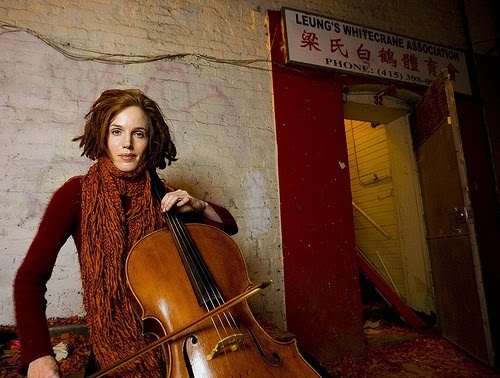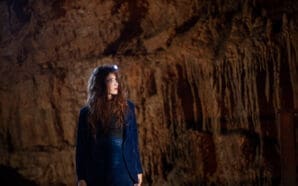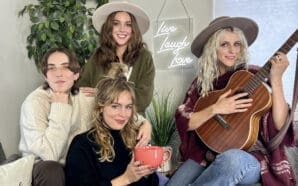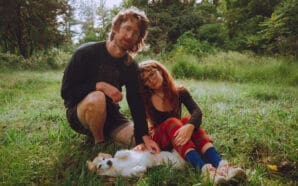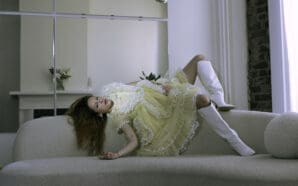Feel like getting a bit class[i] for a change? Zoë Keating, avant cellist, will be in town this Wednesday, 6/8, at World Café Live with her one-woman string-quartet. Ms. Keating is a classically-trained cellist and composer who, along with a foot-controlled laptop for looping, is the star (and solitary member) of her own epically whimsical orchestra.
If Keating sounds familiar, there’s a good chance you’ve come across her work before. From 2002 to 2006 she was second chair cellist in Rasputina (before Philadelphia’s own Daniel DeJesus). She’s also played and toured with Amanda Palmer and Imogen Heap and scored several films (and contributed to Mark Isham’s score of Robert Redford’s The Conspirator, which is still playing through Thursday at Ritz at the Bourse).
Keating’s currently touring behind 2010’s Into the Trees, which proved to be a huge critical and commercial success in the classical scene. While it does embody an aesthetic akin to modern classical, it was constructed by Keating and Count through heavily electronic, postmodern methods (which aren’t immediately apparent upon first listen).
I talked to Zoë before her soundcheck this Monday from Cleveland’s Beachland Ballroom. Among other things, I tried to get some sense of how she considers her sound: “I honestly try to avoid describing it as much as possible. Whenever I try to, I always wind up tongue-tied. I’m still waiting for someone to write a good description.” She is, however, quick to share her influences that would seem to have inspired her current sound: “I listened to a lot of later 80s darkwave stuff. I was really into Cocteau Twins and The Cure.” She also sites This Mortal Coil, Philip Glass, and ambient electronics as inspirations: “I kind of fused all of those things.”
As far as exactly who seems to be most interested in Keating’s latest work, she tells me “One group is public radio listeners… probably people into Dresden Dolls… fair amount of techies… Imogen Heap audiences, people who are into female-fronted electro pop, oh and people who play cello.” “It’s kind of a curse and a blessing,” she tells me about her cross-demographic (to put it mildly) appeal in that it allows her to play everywhere, although also often has her in spaces that would seem to alienate certain portions of her fanbase: “I do really like small venues that are trying to get off the ground that don’t have their own audiences yet.” While, unfortunately, this is not the case of WCL, I’m hoping that a few of my weirdo readers will consider attending to make it a little less NPR-ish.
Whoever it is that’s listening, she does, indeed, have listeners. In fact, much to her surprise, Into the Trees spent 14 weeks on the Billboard classical charts. She recounted for me the story of exactly how she discovered she had earned such a spot, which is almost too brilliantly amusing to believe (And needs to be repeated until it is secured as a piece of her legacy.)She was pulled over on the side of the road, breastfeeding son Alex, when Billboard called to ask the name of the record label (she didn’t have one) to print on the chart. Midway through the phone call she excused herself from the Billboard official by saying “Oh, wait. My baby fell off my boob.”
